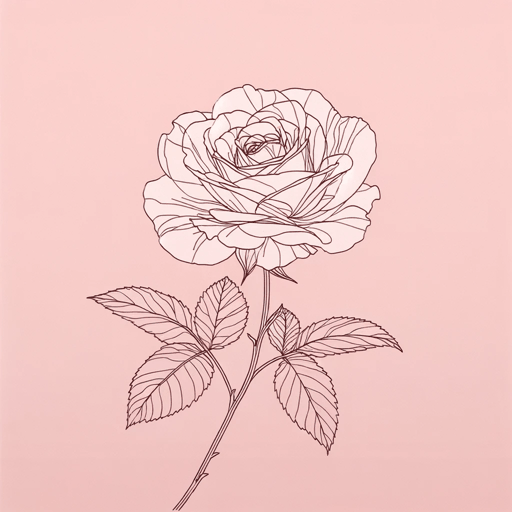25 pages • 50 minutes read
Stephen KingThe Man Who Loved Flowers
Fiction | Short Story | Adult | Published in 1977A modern alternative to SparkNotes and CliffsNotes, SuperSummary offers high-quality Study Guides with detailed chapter summaries and analysis of major themes, characters, and more.
Story Analysis
Analysis: “The Man Who Loved Flowers”
King uses the story’s setting to establish The Joy of Young Love and The Brutality of Love Lost. Springtime in New York City evokes the beauty and promise of young love. King employs a third-person omniscient narrator, so readers view the young man at a distance, as through the eyes of passersby. From the old to the young, everyone perceives the protagonist’s appearance and demeanor through the lens of young love. The older people he encounters experience a feeling of Nostalgia, longing for what once was and remembering their own youths. Young people are similarly enthralled by the young man’s outward appearance: The officer stops traffic for the protagonist, seeing his own “dreamy expression on the young man’s face” (Paragraph 34), and two girls giggle and clutch themselves, smitten by his lovestruck aura. However, as day turns to night, the narrative moves toward brutality and a climactic murder scene as the protagonist’s actions reveal a soul longing for reprieve.
Even at the end of the text, after the young man commits murder, a middle-age woman notes his smile and the bounce in his step, thinking to herself, “if there was anything more beautiful than springtime, it was young love” (Paragraph 54).
Related Titles
By Stephen King

11.22.63
Stephen King
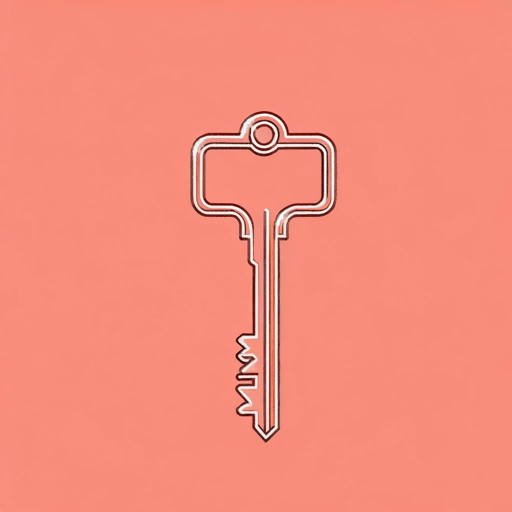
1408
Stephen King

Bag of Bones
Stephen King

Billy Summers
Stephen King
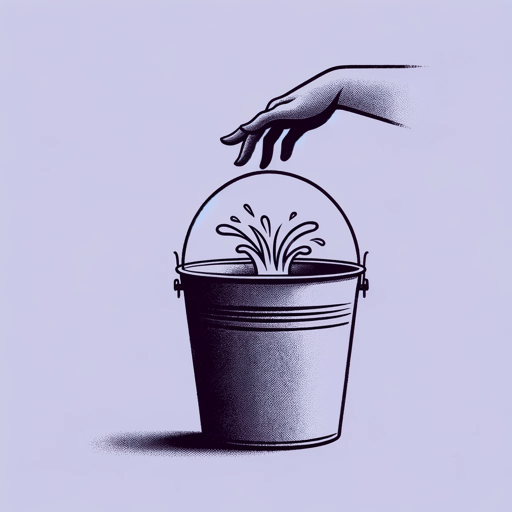
Carrie
Stephen King

Children of the Corn
Stephen King

Cujo
Stephen King
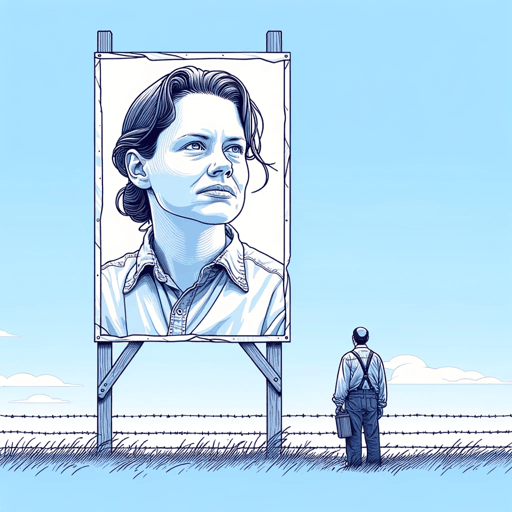
Different Seasons
Stephen King
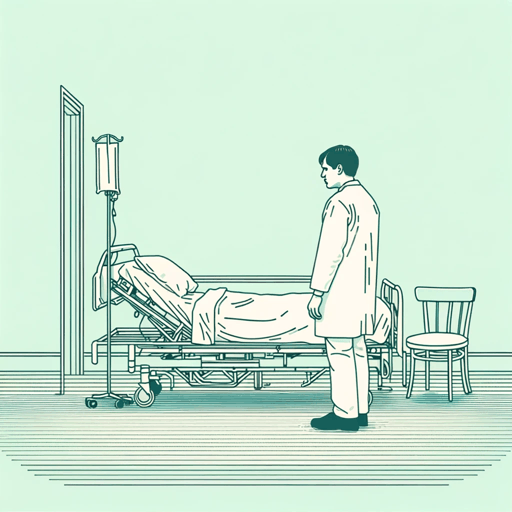
Doctor Sleep
Stephen King
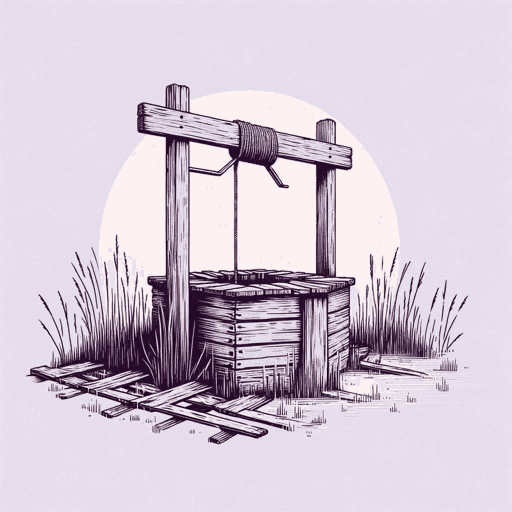
Dolores Claiborne
Stephen King

Duma Key
Stephen King

Elevation: A Novel
Stephen King

End of Watch
Stephen King
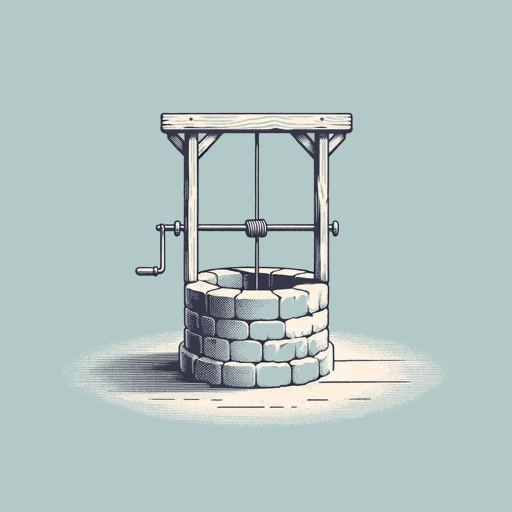
Fairy Tale
Stephen King

Finders Keepers
Stephen King
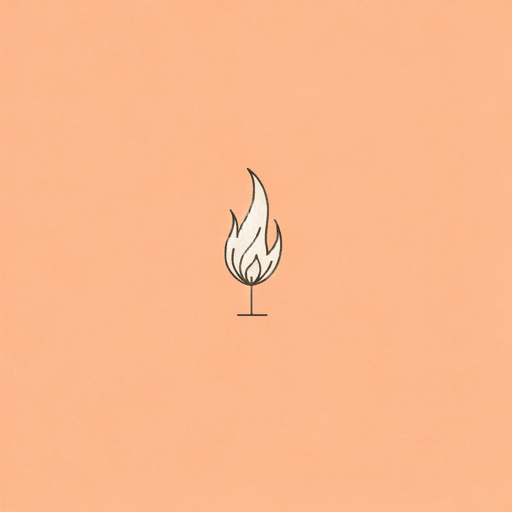
Firestarter
Stephen King

From a Buick 8
Stephen King

Full Dark, No Stars
Stephen King
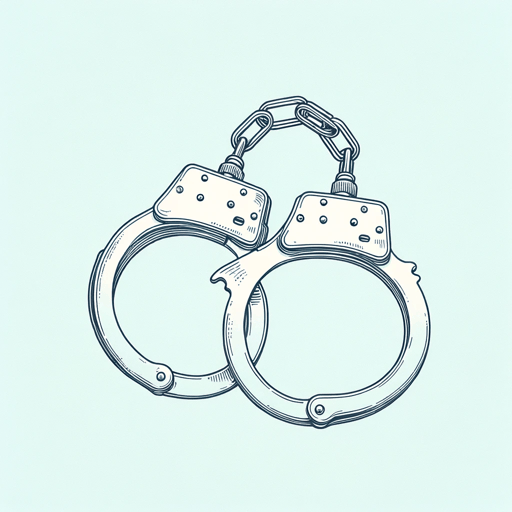
Gerald's Game
Stephen King

Gwendy's Button Box
Stephen King, Richard Chizmar
